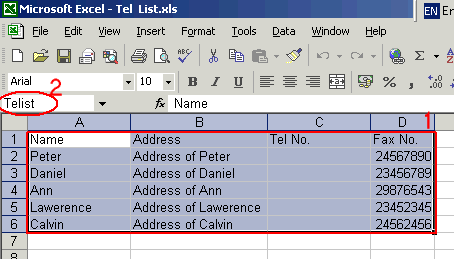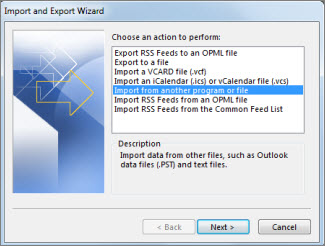

Now create a profile-based dynamic segment in Dynamics 365 Marketing that finds all of the contacts you just imported by querying the custom contact field you set up in step 1 to identify the import based on the value you established in step 2.

Step 4: Create a segment that finds all contacts included in the spreadsheet This means that when a match is found, the matching contact won't be included in the segment that you will create later to email contacts from the imported file. If a match is found, then the incoming contact will be dropped and the existing contact will remain unchanged. On import, Dynamics 365 Marketing will match the incoming contacts against existing contacts using the duplicate-detection rules established for your instance. As usual, take care when mapping the incoming columns to the correct data fields. Import the CSV file that you created in Step 2 into Dynamics 365 Marketing as described in Import records from a CSV file. When you're done, export the excel spreadsheet to a comma-separated values (CSV) file. If your spreadsheet doesn't already include column headings, then we recommend you add them to make it easier to map the rows when you import to Dynamics 365. Choose a value that is likely to be unique for your current import (for this example, we'll use "Summer2019EventImport").

If you don't already have one, then add a custom field to the contact entity to hold a value that identifies each contact that is part of a given spreadsheet. If you're not an admin, then please contact your admin for help with this step if it's not already been done on your instance. This step requires admin privileges, but only needs to be done once per instance.


 0 kommentar(er)
0 kommentar(er)
